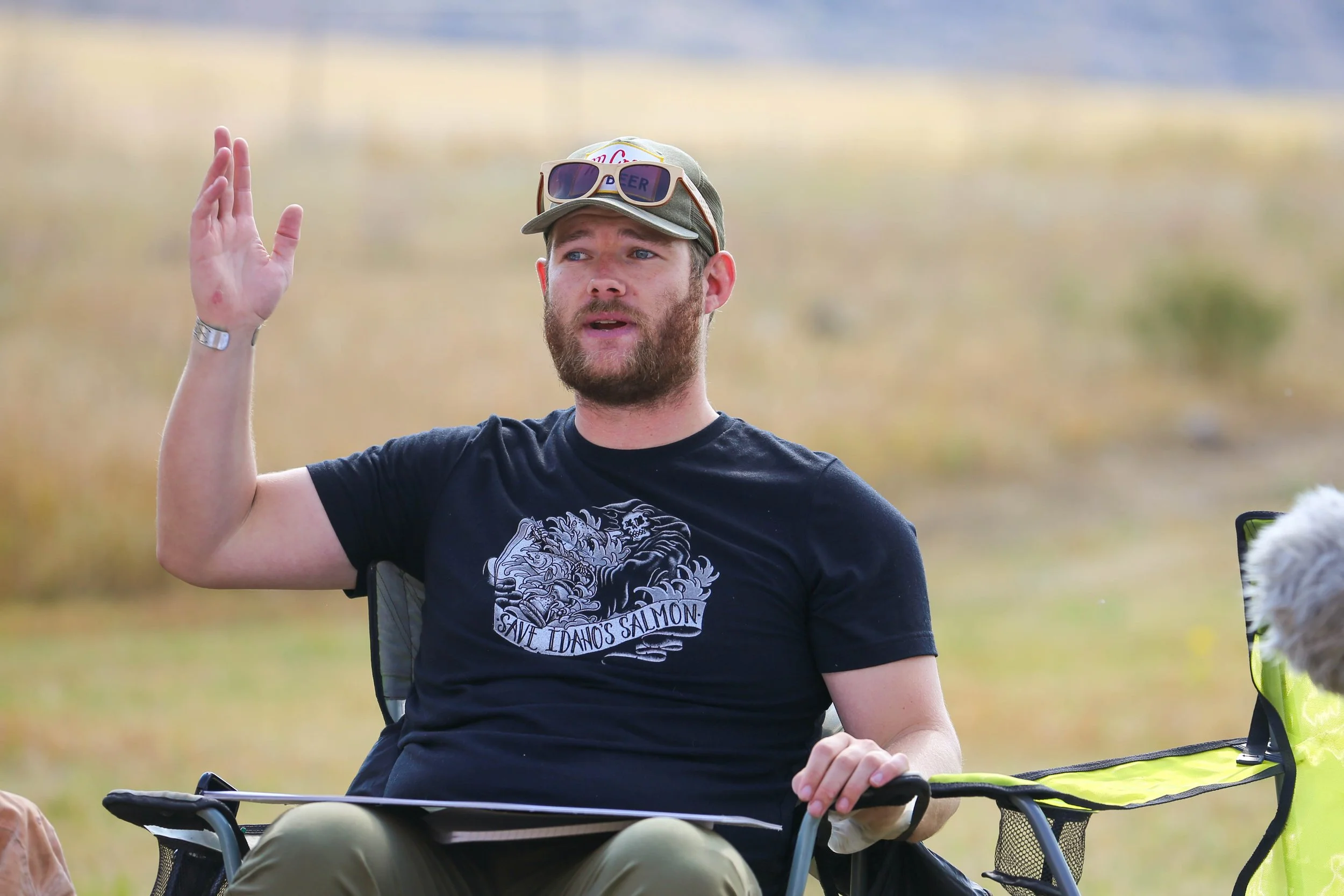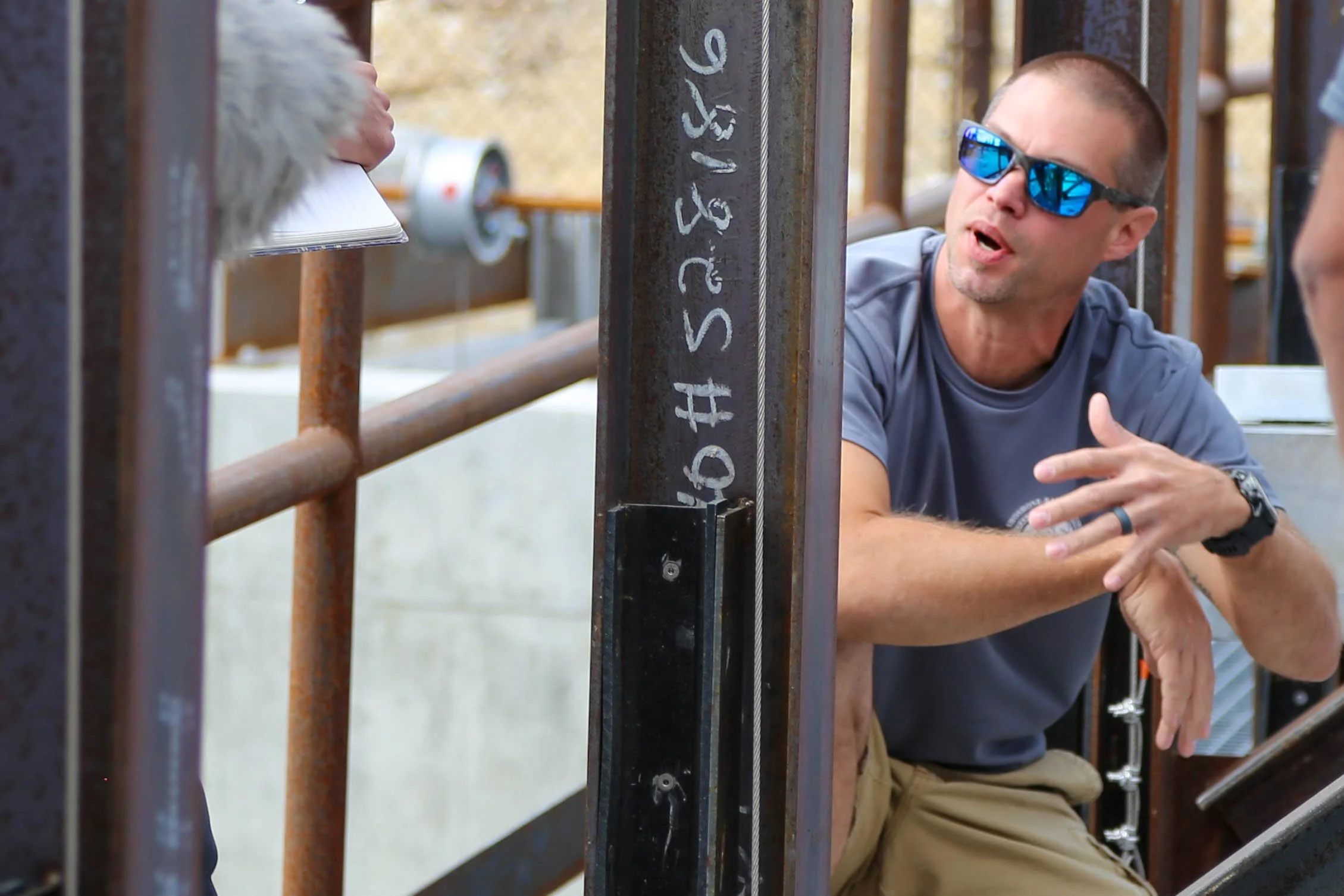Mitch Cutter
Salmon and Steelhead Advocacy Fellow, Idaho Conservation League
Stanley, ID
9/11/21 – 9/14/21
“A five-star hotel for salmon and steelhead to come back to”, he says, “but the road is washed out.”
Mitch Cutter—2014 Westie, 2018 SITW Technical Manager, and current Salmon and Steelhead Advocacy Fellow with Idaho Conservation League—is describing habitat that has been restored high up in the Snake River basin for threatened salmonid species like sockeye and steelhead.
Bonneville Power Administration, the entity responsible for the energy generated by the hydroelectric dams on the Columbia and Snake Rivers, has spent $18 billion towards mitigation for the disruption of anadromous fish migration due to the dams. Most of this money has been spent on habitat restoration projects in small tributaries to recreate shaded, sinuous streams in reaches that had been straightened, overgrazed, or not taken care of. Mitch does not doubt that this has been successful, however the fish are still not coming back.
This is why Mitch, through his work, advocates for the removal of the four Lower Snake River dams. Mitch works with and for Idahoans; building support for dam removal through coalition building, letters to the editor, and encouraging them to elect politicians who support dam removal policy. He often reaches out to Idaho farmers who currently rely on the navigable passage provided by dams to transport their product to find alternate modes of transport.
Mitch says, “Fish need one thing, and that’s a river”. To restore an economically and ecologically significant population, Mitch and Idaho Conservation League believe the dams must go.
By Katie Wallace


